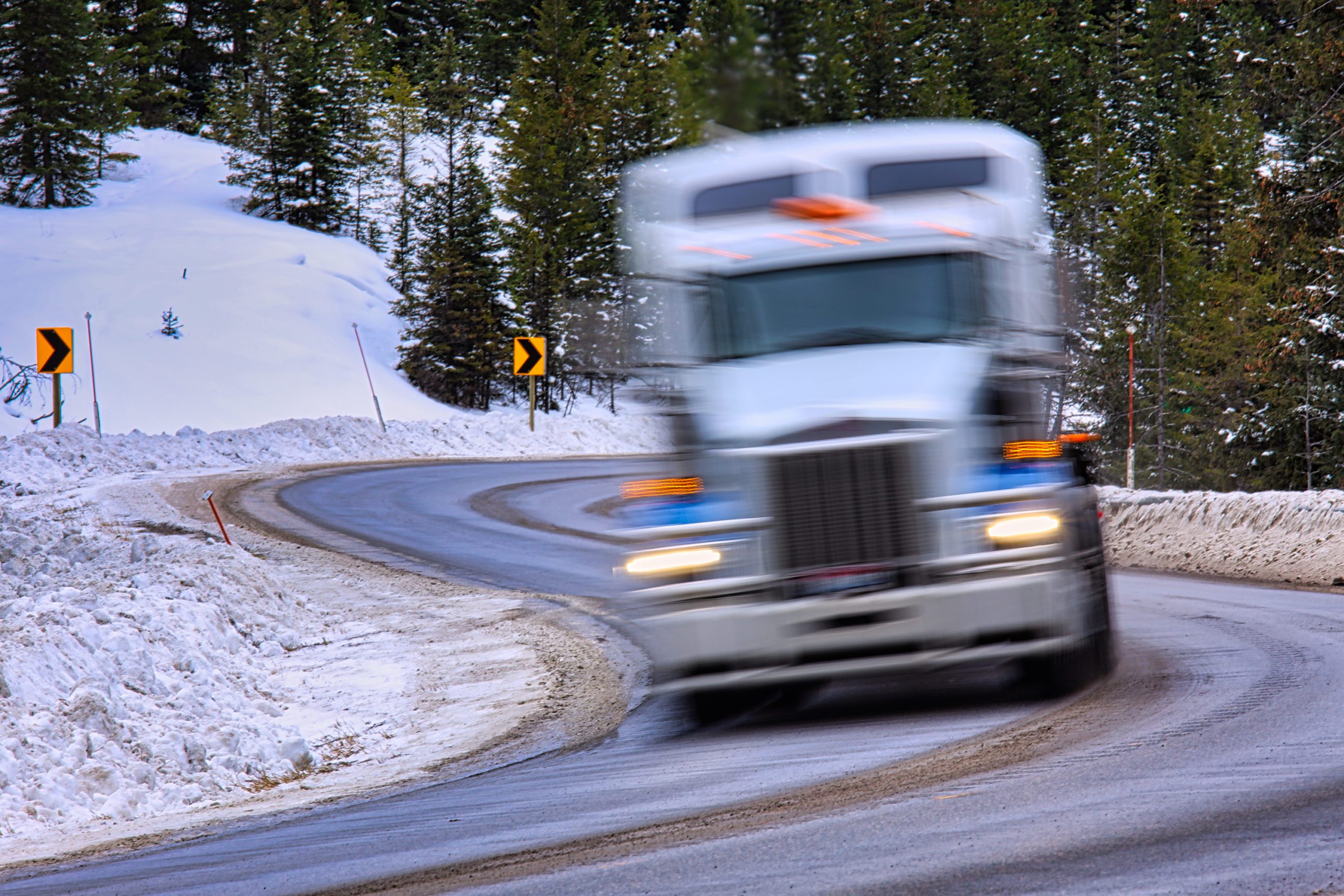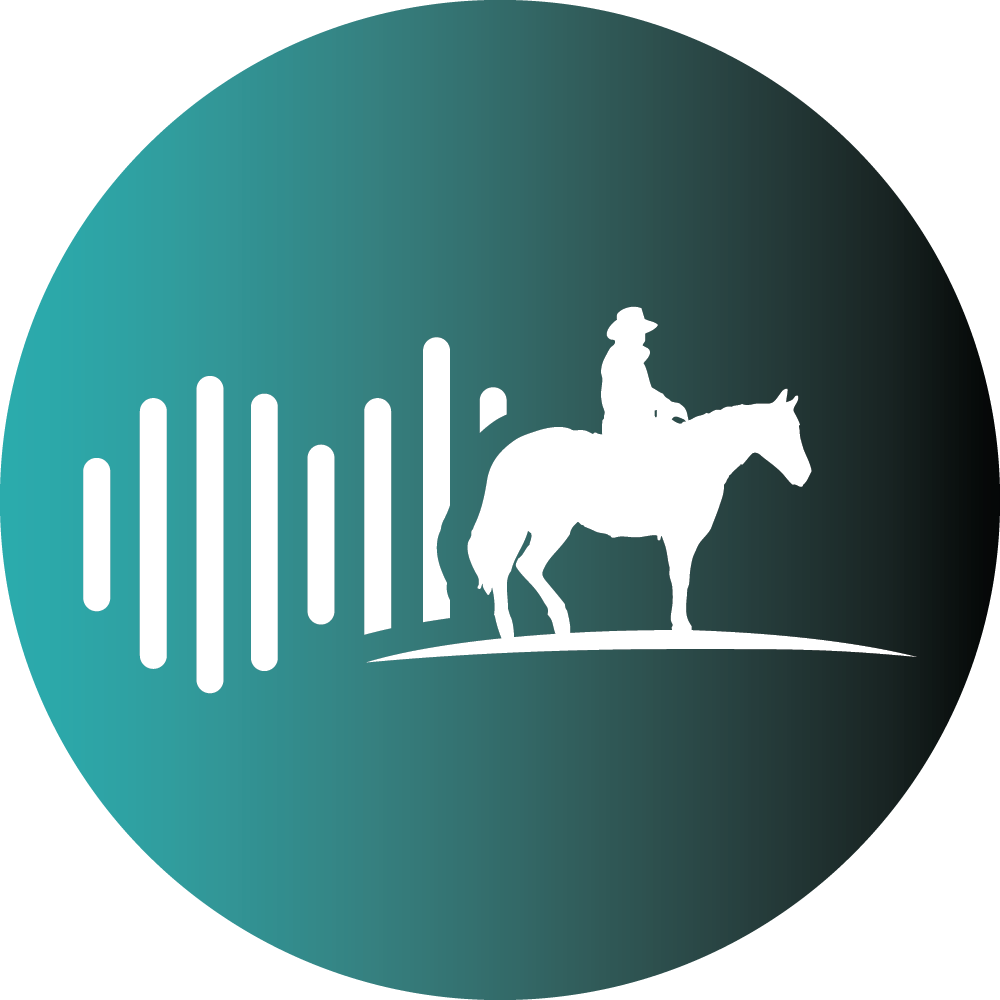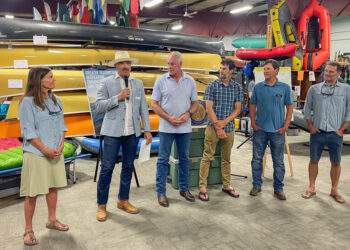By Paul Swenson EBS COLUMNIST
I have been out on the roads quite a bit over the last two weeks, going skiing at the mountain, down to Bozeman to visit, and up to Yellowstone National Park to spend some time in the backcountry. Every trip I see a surprising number of cars and trucks in the ditch, newly mangled guardrail, and carcasses of animals along the road. Maybe a little physics and math could remedy some of these unfortunate events.
“May the force be with you” seems like an appropriate saying to begin this discussion. The force due to friction allows us to accelerate from rest, come to a stop when required, and to navigate the turns in the highway. This force depends on two things: normal force, and the coefficient of friction.
On a level surface, the normal force is equal to the weight of the car or truck, and is directed upward, opposite the weight force. “Normal” is defined in math and science as perpendicular to a surface, which is vertically up if the surface is horizontal. You can feel the normal force on your rear-end as it is the force that keeps you from falling through your chair.
The coefficient of friction is a number that indicates how difficult it is for two surfaces to slide past one another, the higher the number, the higher the resistance. For car and truck tires, coefficients of friction are 0.9 for dry, clean asphalt, 0.2 for packed snow, and 0.1 for ice. If the car is skidding, these coefficients decrease by about 20%. So there is an 85% decrease in the coefficient of friction between summer and the worst winter driving conditions, which means there is an 85% decrease in the amount of friction to get you around a corner or to make a sudden stop. That’s a lot.
Frictional force produced between two surfaces is the product of the normal force and the coefficient of friction. Rub your hands together lightly. You feel a little resistance. Now press your hands together firmly and you feel more resistance. You haven’t changed the coefficient, but you did change the normal force resulting in more frictional force. This implies then that the force due to friction on your car is its weight (equivalent to the normal force), times the coefficient of friction. So, a small car has less friction, a large SUV quite a bit more.
But hold on you say, it seems like there are just as many SUVs off the road as small cars. Yep, that’s true. Let’s figure out why. Try this experiment, or at least think about it. Take a piece of string and tie an object to the end of it. Pull the object across the table. Now try pushing it with the string. Can’t be done because the string can only apply a tension force. Therefore, we know that the force on the object is directed along the string toward your hand.
Now swing the object around in a circle (wear safety glasses). Notice the string is always pointing towards your fingers in the center of the circle, which means the force causing the washer to go in a circle is always pointing toward the center: Centripetal Force! Any object moving in a curved path must experience this force. Of course, a car rounding a corner does not have a string attached to it, but it must have a force pointing to the CENTER of the curve which is provided by friction.
To find amount of force required to navigate a turn: Force = (mass of vehicle)*(velocity squared)/(radius of turn). The velocity is squared in this equation, which means it takes FOUR times the force to get a car around a corner if it is travelling twice the speed. So if a corner is safe at 50 mph in the summer, it might only be safe at 25 mph or less in the winter. Also note that the force needed to navigate the turn depends on the mass of the car, so SUVs and small cars end up experiencing the same loss of traction at the same speeds.
To remedy this situation, engineers devised a way to increase the normal force on a car, and to require less friction to navigate a turn: banked turns. In the photo, one can see by following the straight lines on the truck compared to the horizontal base of the photograph that the turn is banked by about 8-10 degrees. As the vehicle navigates the turn, the banked roadway adds a little more normal force, increasing the effective friction, and adds a small component of force toward the center of the curve.
One more quick math problem: If the canyon stretch is only 22 miles long, the drive time difference between 60 mph and 45 mph is only seven minutes. But the friction required to navigate turns is 70% greater, leading to a possible delay of a lot more than seven minutes. Please take the extra time, enjoy the beautiful canyon, and listen to two more songs from your playlist. It’s worth it.















